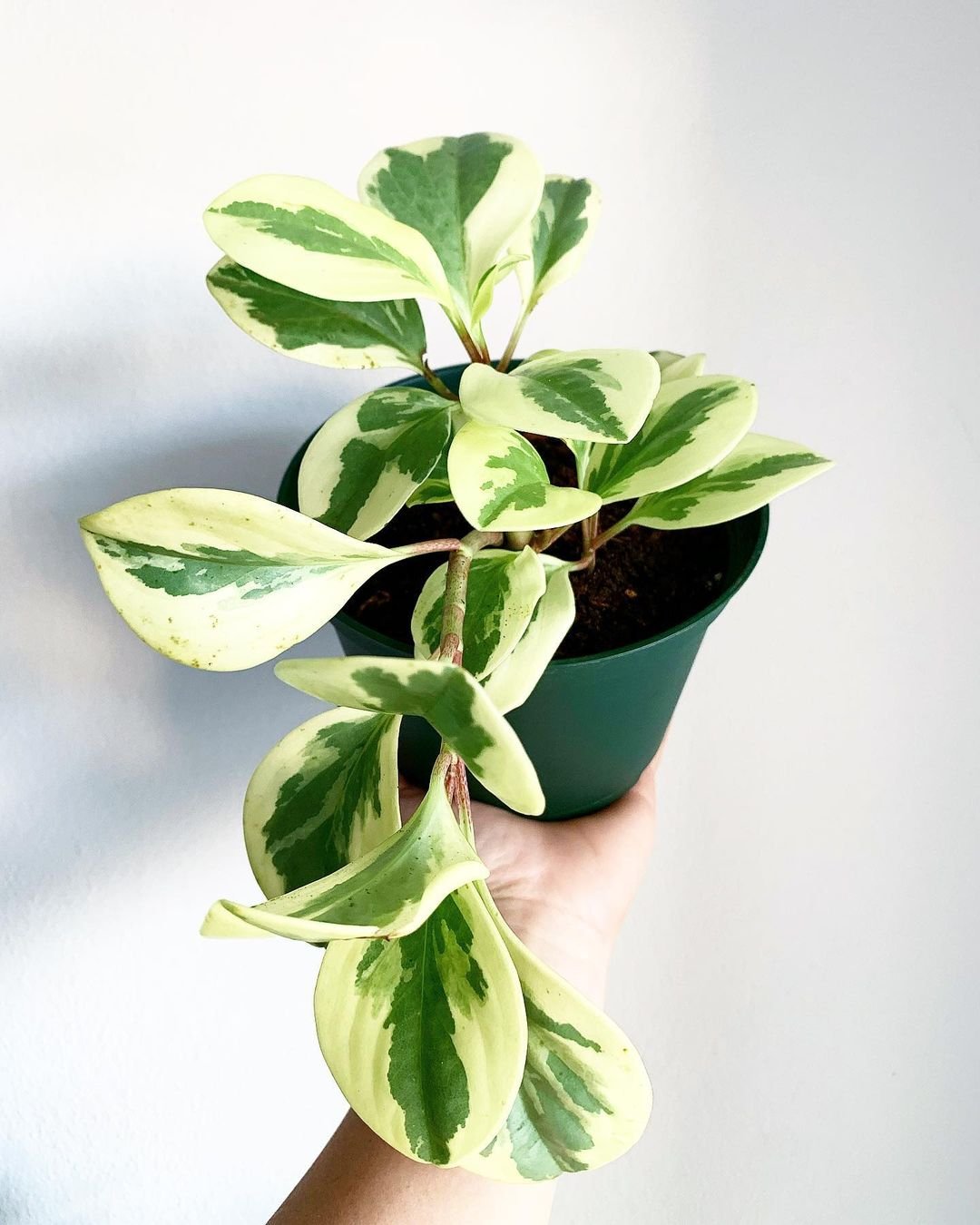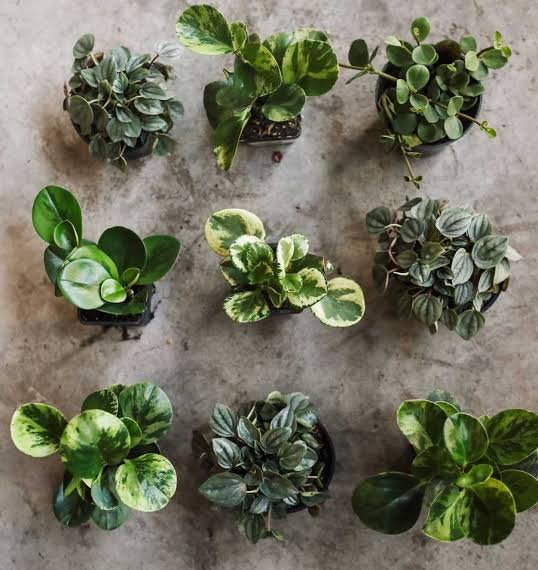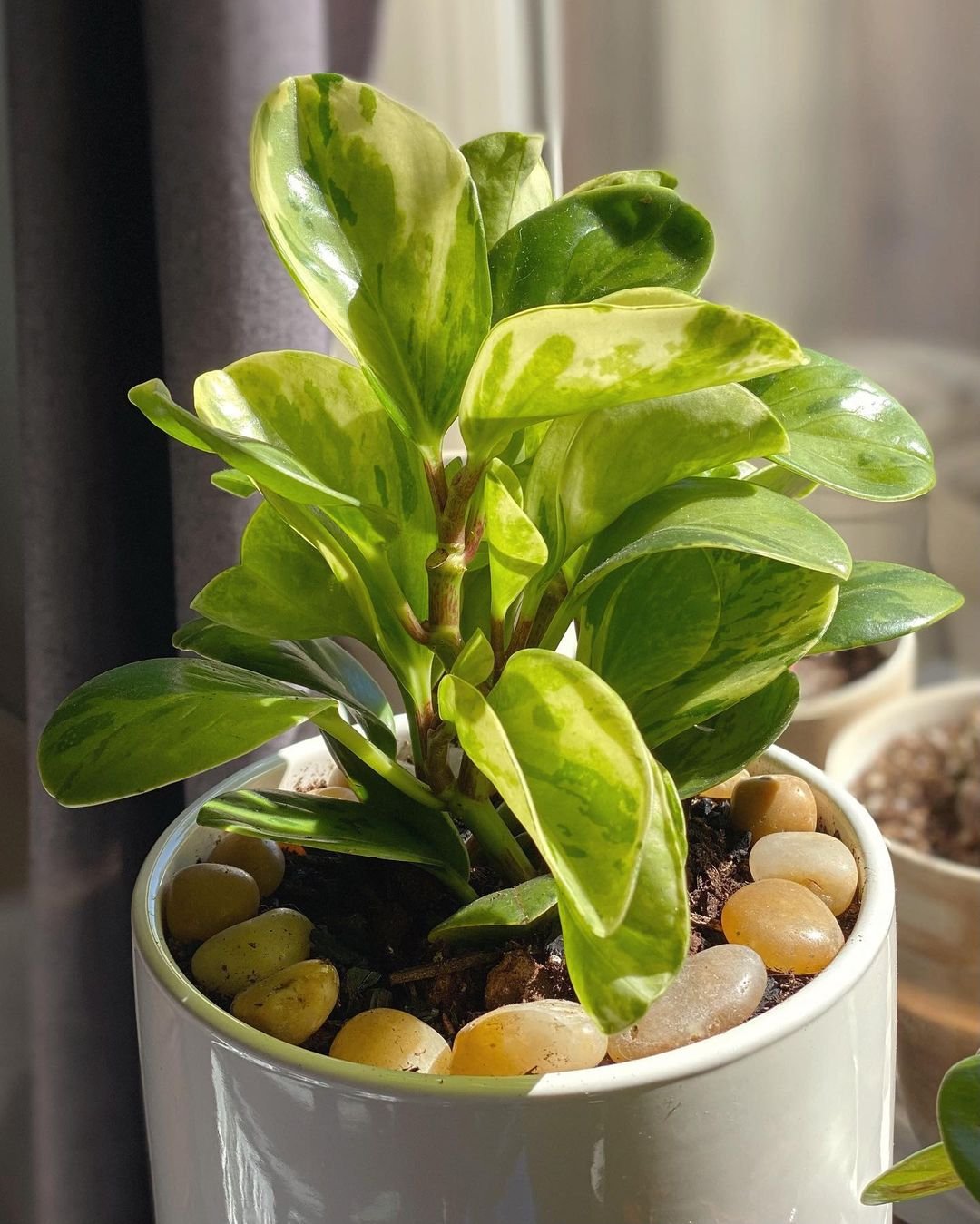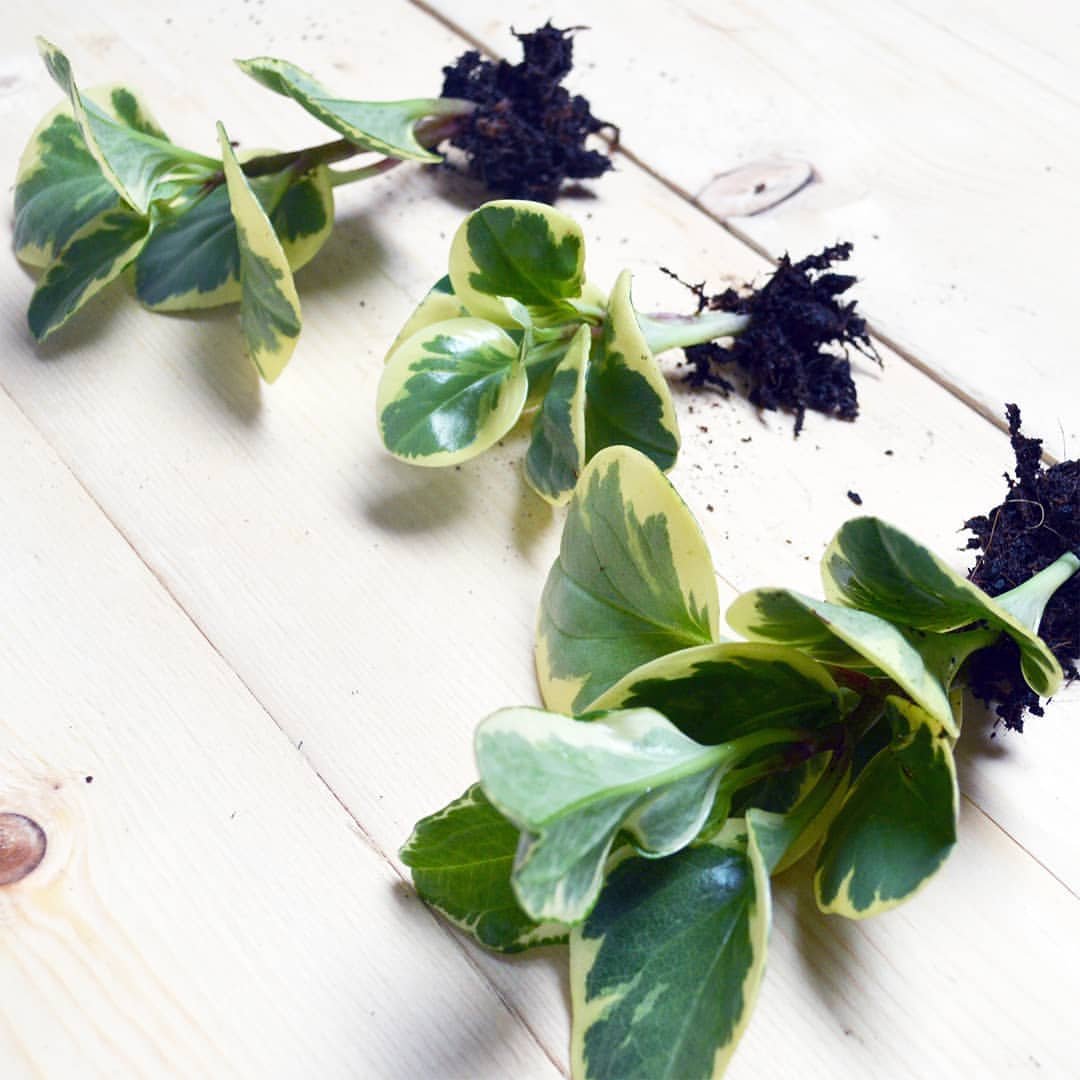Discover the captivating beauty of Variegated Peperomia plants. This beginner’s guide covers everything from care tips to propagation, helping you grow these eye-catching houseplants successfully.
In the realm of indoor gardening, few plants can match the allure of variegated peperomia. With their striking foliage and diverse patterns, these small-but-mighty plants have captured the hearts of plant enthusiasts worldwide. Whether you’re a seasoned green thumb or just starting your journey, caring for variegated peperomia can be a delightful and rewarding experience. In this comprehensive guide, we’ll explore the fascinating world of these plants, covering everything from their unique characteristics to essential care tips and propagation methods.
Here’s a concise information chart about it:
| Attribute | Information |
|---|---|
| Botanical Name | Peperomia obtusifolia ‘Variegata’ |
| Plant Type | Perennial indoor plant |
| Zones | Typically grown indoors |
| Exposure | Bright, indirect sunlight |
| Height/Spread | Height: 6-12 inches Spread: 6-8 inches |
What is Variegated Peperomia?

Variegated peperomia is a collective term used to describe various peperomia species that display colorful patterns or markings on their leaves. These patterns can range from bold stripes to intricate marbling, adding a touch of visual interest to any indoor space. Peperomia plants are native to tropical and subtropical regions of the Americas, making them well-suited for indoor cultivation in various climates.
Popular Varieties of Variegated Peperomia

The world of variegated peperomia is diverse, with numerous varieties to choose from. Here are some of the most popular and visually striking options:
- Peperomia obtusifolia ‘Variegata’ (Baby Rubber Plant)
- Peperomia argyreia (Watermelon Peperomia)
- Peperomia caperata ‘Variegata’ (Ripple Peperomia)
- Peperomia polybotrya ‘Variegata’ (Raindrop Peperomia)
- Peperomia quadrifolia ‘Variegata’ (Cupid Peperomia)
Caring for Variegated Peperomia
While variegated peperomia plants are generally low-maintenance, providing the right care is essential to ensure their long-term health and vibrancy. Here are some key aspects to consider:
Light Requirements

Variegated peperomia thrives in bright, indirect light. Direct sunlight can scorch their leaves, so it’s best to place them near an east or west-facing window. If you notice the variegation fading or the plant stretching, increase the light exposure gradually.
Watering Needs
One of the most important factors in caring for variegated peperomia is proper watering. These plants prefer their soil to dry out slightly between waterings, but they don’t tolerate prolonged dryness. Water them when the top inch or two of soil feels dry to the touch, and ensure the pot has adequate drainage to prevent root rot.
Soil and Potting.

Variegated peperomia plants prefer a well-draining potting mix. You can create a suitable mix by combining equal parts of peat moss, perlite, and potting soil. Alternatively, you can use a commercial potting mix formulated for succulents or cacti. Repot your plant every two to three years, or when it becomes root-bound, to provide fresh soil and encourage growth.
Temperature and Humidity
Variegated peperomia plants thrive in warm indoor temperatures, typically between 65°F and 80°F (18°C to 27°C). While they can tolerate lower temperatures, prolonged exposure to cold can damage their leaves. As for humidity, these plants prefer moderately humid conditions, but they can adapt to average household humidity levels.
Fertilizing

During the growing season (spring and summer), feed your variegated peperomia with a balanced, water-soluble fertilizer every four to six weeks. Dilute the fertilizer to half the recommended strength to avoid burning the roots. In the winter months, reduce or stop fertilizing altogether.
Pruning and Grooming
Regular pruning and grooming can help maintain the attractive appearance of your variegated peperomia. Remove any dead or damaged leaves by gently pinching them off at the base. You can also prune leggy growth to encourage a bushier, more compact shape.
Pest and Disease Management

Variegated peperomia plants are generally resistant to pests and diseases, but they can still be affected by common houseplant issues like spider mites, mealybugs, and fungal infections. Regularly inspect your plants for any signs of pests or disease, and take prompt action if necessary. Isolate affected plants, treat with a suitable insecticide or fungicide, and adjust your care routine to prevent future issues.
Propagating Variegated Peperomia

One of the joys of growing variegated peperomia is the ability to propagate new plants from existing ones. There are two main methods for propagating these plants:
Stem Cuttings
- Choose a healthy stem with at least two or three leaf nodes.
- Using a clean, sharp pair of scissors or pruning shears, cut the stem just below a leaf node.
- Remove the bottom leaves from the cutting, leaving two or three at the top.
- Plant the cutting in a well-draining potting mix, and water it lightly.
- Cover the pot with a plastic bag or clear container to create a humid environment for rooting.
- Once new growth appears, gradually remove the cover and water as needed.
Leaf Cuttings
- Select a mature, healthy leaf and carefully remove it from the plant, including the leaf stem (petiole).
- Allow the leaf cutting to callus over for a day or two by letting the cut end dry out.
- Plant the leaf cutting vertically in a well-draining potting mix, with the leaf stem buried in the soil.
- Water lightly and cover the pot with a plastic bag or clear container to maintain humidity.
- In a few weeks, you should see new growth emerging from the leaf stem.
With patience and proper care, your variegated peperomia cuttings will develop into beautiful, independent plants that you can enjoy or share with fellow plant enthusiasts.
Conclusion
Variegated peperomia plants are truly a delight for indoor gardeners. Their captivating foliage patterns, combined with their relatively low-maintenance nature, make them an excellent choice for beginners and experienced green thumbs alike. By following the guidelines outlined in this guide, you can successfully cultivate and propagate these remarkable plants, adding a touch of vibrant beauty to your indoor spaces. Embrace the joy of nurturing variegated peperomia, and let their unique charm brighten your days.
Pingback: Variegated Peperomia: Showstopping Houseplants ...
Pingback: Growing Trailing Petunias: A Comprehensive Guid...
Pingback: Beauty of Succulents with Pink Flowers: A Gardener’s Guide
Pingback: Calathea Makoyana: How to Plant,Grow and Care for It Indoors
Pingback: Secrets of Caring for the Pincushion Peperomia: A Comprehensive Guide - Solano Garden
Pingback: Grow Your Quirky Tractor Seat Plant: A Comprehensive Guide
Pingback: Monstera Albo Care: Essential Tips for Healthy Growth
Pingback: Jessenia Pothos: A Gorgeous Addition to Your Indoor Plant Collection
Pingback: The Beauty of Hoya Plants: Care and Maintenance Tips
Pingback: Fixing Wrinkled Orchid Leaves : How to Help Your Orchid
Pingback: Bridal Veil Plant : A Guide to Growing and Caring